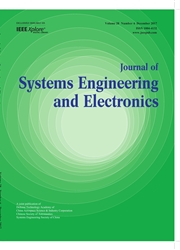

 中文摘要:
中文摘要:
The reliability of the product sold under a warranty is usually maintained by the manufacturer during the warranty period.After the expiry of the warranty, however, the consumer confronts a problem about how to maintain the reliability of the product.This paper proposes, from the consumer’s perspective, a replacement policy after the extended warranty, under the assumption that the product is sold under the renewable free replacement warranty (RFRW) policy in which the replacement is dependent on the repair-cost threshold. The proposed replacement policy is the replacement after the extended warranty is performed by the consumer based on the repair-cost threshold or preventive replacement (PR) age, which are decision variables. The expected cost rate model is derived from the consumer’s perspective. The existence and uniqueness of the optimal solution that minimizes the expected cost rate per unit time are offered. Finally, a numerical example is presented to exemplify the proposed model.
 英文摘要:
英文摘要:
The reliability of the product sold under a warranty is usually maintained by the manufacturer during the warranty period. After the expiry of the warranty, however, the consumer confronts a problem about how to maintain the reliability of the product. This paper proposes, from the consumer's perspective, a replacement policy after the extended warranty, under the assumption that the product is sold under the renewable free replacement warranty (RFRW) policy in which the replacement is dependent on the repair-cost threshold. The proposed replacement policy is the replacement after the extended warranty is performed by the consumer based on the repair-cost threshold or preventive replacement (PR) age, which are decision variables. The expected cost rate model is derived from the consumer's perspective. The existence and uniqueness of the optimal solution that minimizes the expected cost rate per unit time are offered. Finally, a numerical example is presented to exemplify the proposed model.
 同期刊论文项目
同期刊论文项目
 同项目期刊论文
同项目期刊论文
 期刊信息
期刊信息
